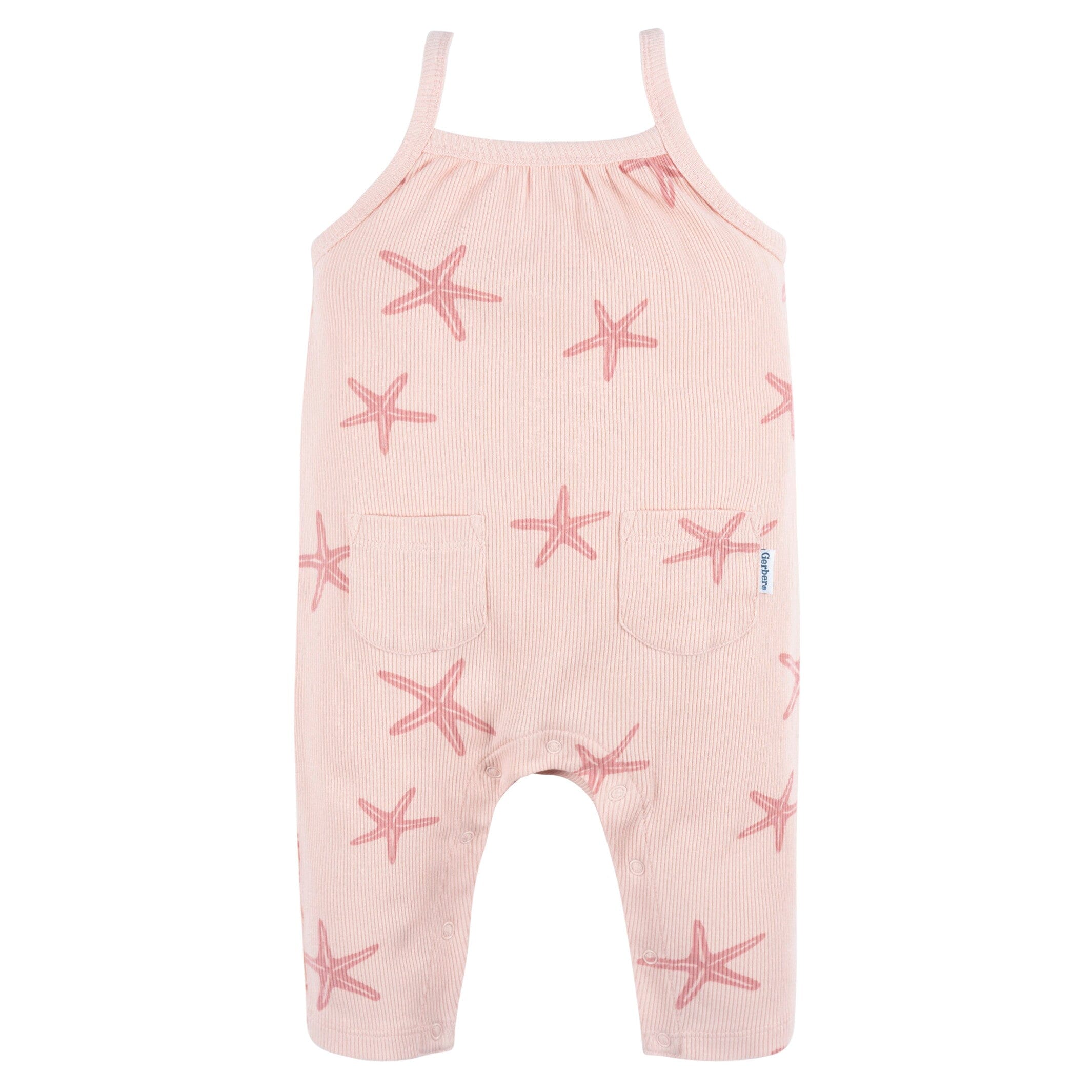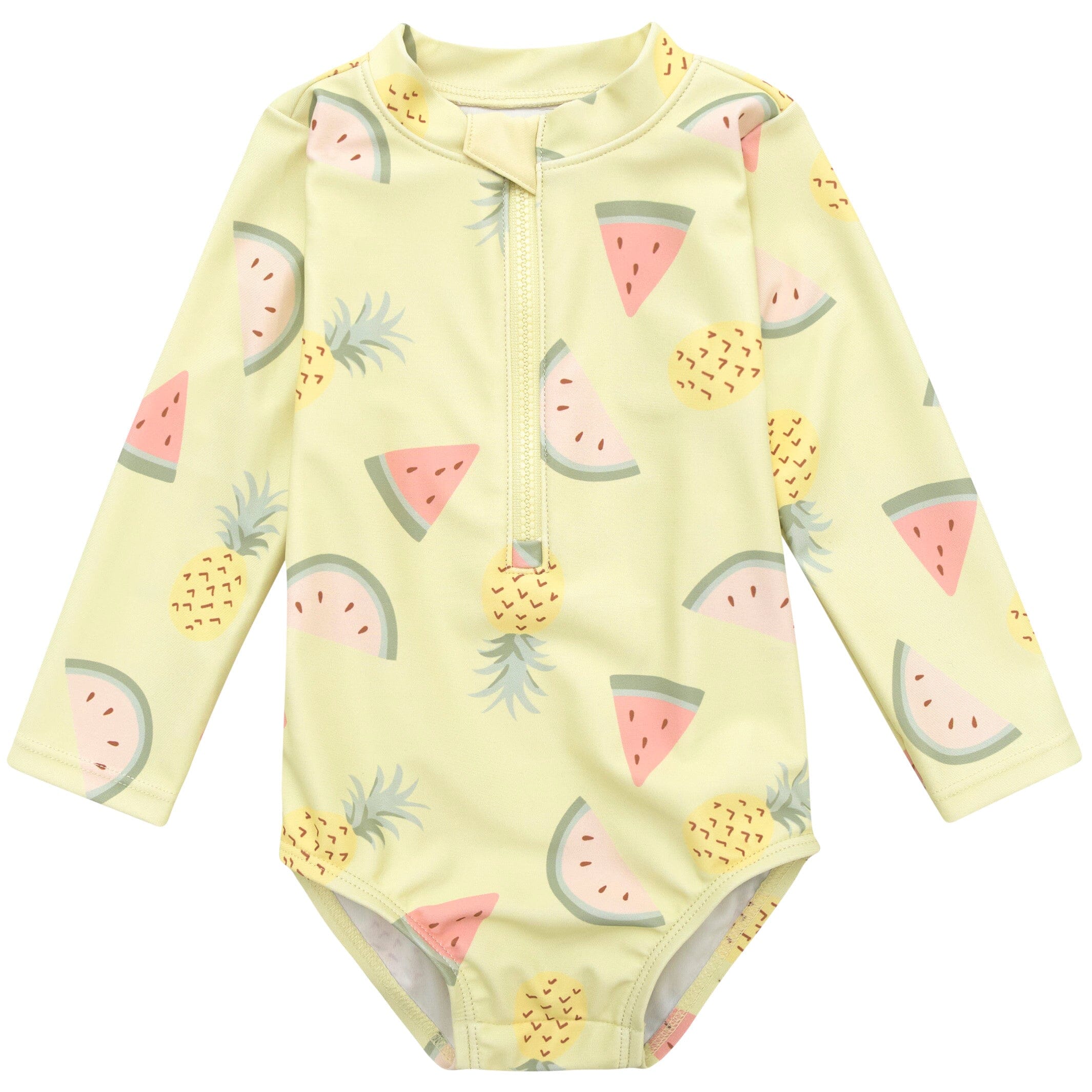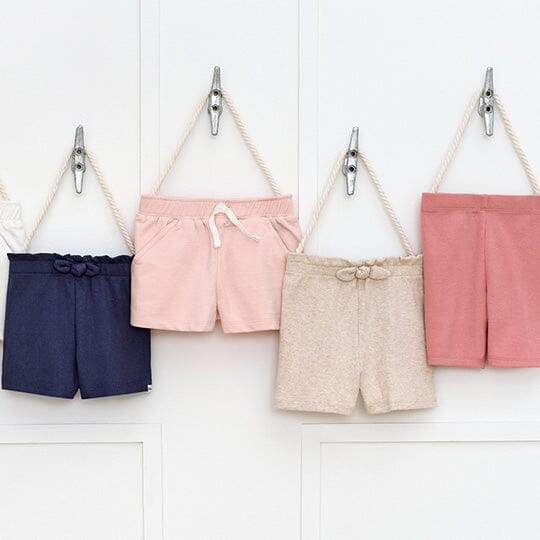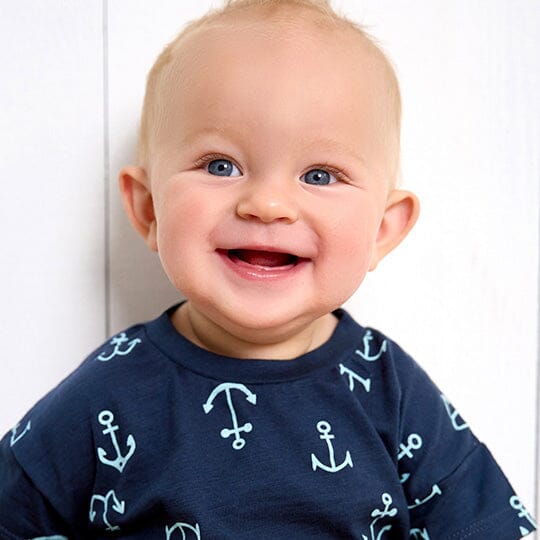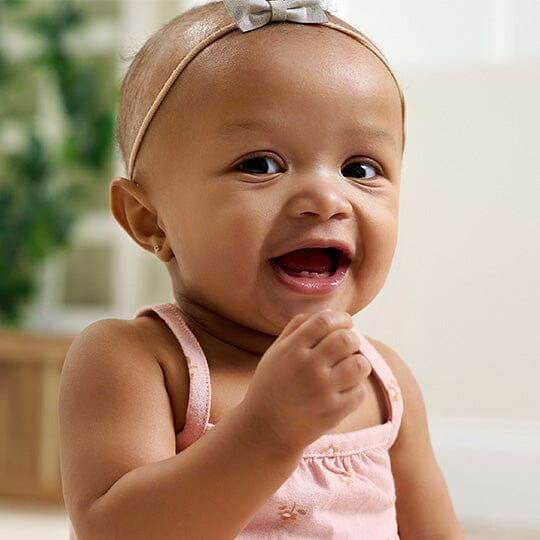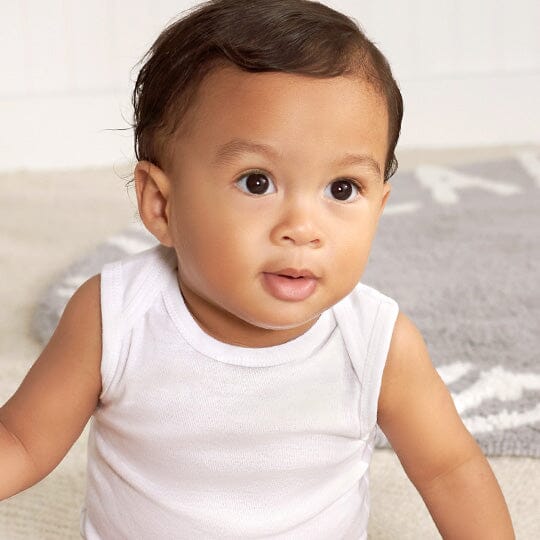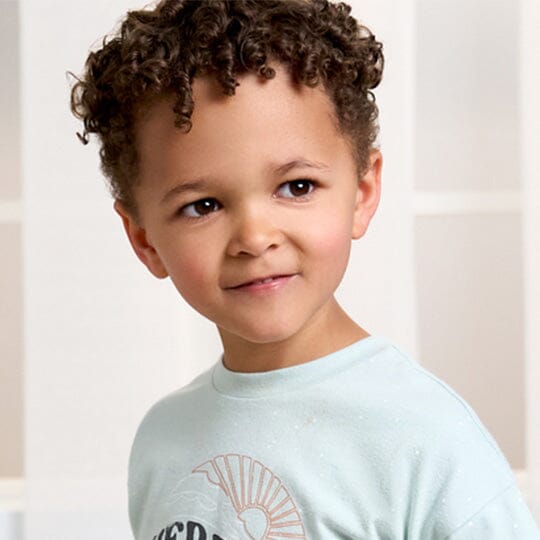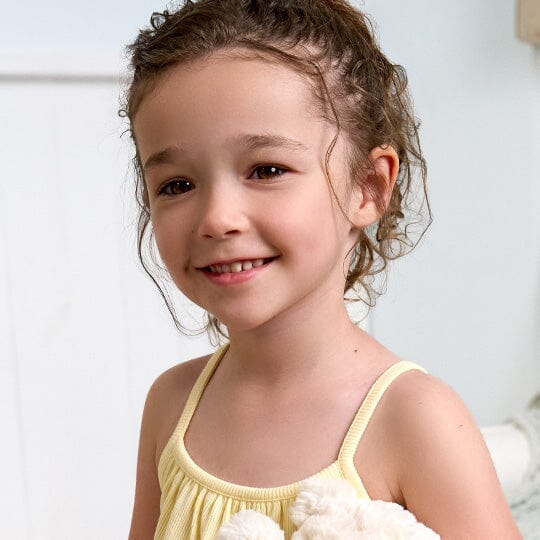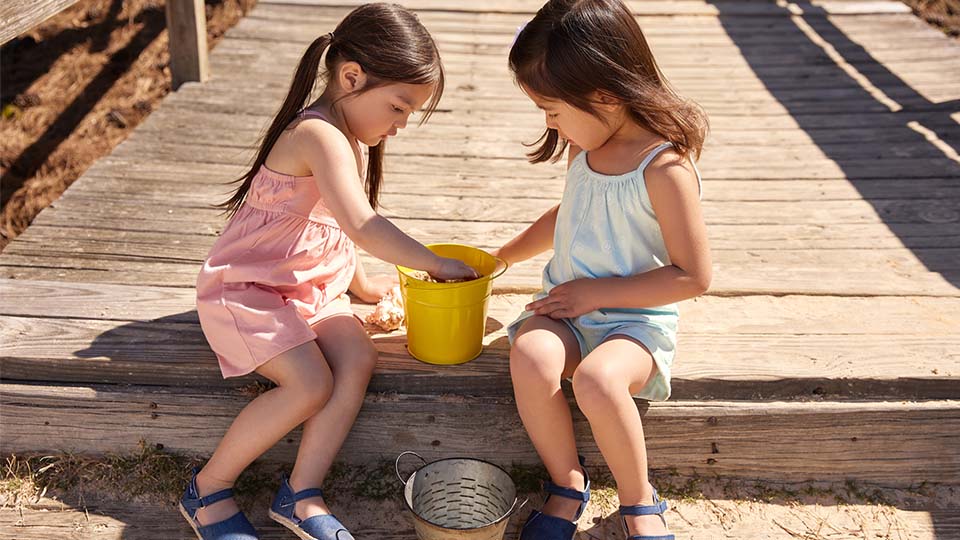Unlocking Independence: Setting Up a Closet for Neurodiverse Children
There is beauty in diversity! This includes neurodiversity. As parents, we can help neurodiverse kids build their unique strengths and provide positive encouragement.
Many projects and activities foster independence. Kid-friendly closet organization makes life easier for you, but it also makes self-expression easier for children. Regular habits will reinforce routine and encourage kids to put away clothes or toys. Get our tips for how to organize kids’ closets and get ready to see a whole new room.
Shop Gerber ChildrenswearUnderstanding the Unique Needs of Neurodiverse Children
Neurodiverse children possess unique strengths and challenges when it comes to sensory needs and social functioning. They may also need support for social skills. With the right tools, they can thrive inside and outside the home. Some ideas include:
Preparing the Closet for Organization
Practical solutions can set your family up for success with sensory-friendly or ADHD specific closet organization. Every child is different, so use this section as a guide to start.
Assess the Closet

Make note of where items look overstuffed or cluttered. Then, consider challenges that come up throughout the week. Do you notice the same themes when it comes to keeping the closet neat and tidy?
Clean and Declutter
Check for baby or toddler clothes that are worn or too small. Plan to find a new place for items that don’t fit anywhere. Finally, move furniture to dust and vacuum.
Consider Your Child’s Preferences
Does your child want to be involved in the organization process? Ask them what they like about their closet and get their opinion on what’s not working. If they’re old enough, they can help you make changes and choices.
Make Sensory-Friendly Modifications
Some sensory-friendly changes for the closet include clear drawers with custom labels or color-coded cubby bins. Slim storage drawers keep socks and hair accessories out of sight. For ADHD clothing storage, try drawers with soft sides. Rubbery, adhesive wall hangers with rounded nubs are a safe spot for bags of toys.
Practical Organization Tips and Strategies
Whether you’re putting away toy cars or sustainably made baby clothes, these strategies offer an excellent place to start creating your customized plan for your family:
Categorize Clothing and Accessories
A careful sorting strategy makes socks or pants easier to find. Labels or pictures will help with easy identification. Ask your child what images or colors they would like to help find their favorite items.
When it comes to picking out clothes, assign a clothing color for each day of the week. Each morning, your little one can pick out a toddler outfit or matching set in their daily color. Gerber® Childrenswear matching sets make creating a cute outfit even more fun.
Offer Practical Storage Solutions

Utilize color coding for different items! Adjustable shelving and hanging systems will help to accommodate changing needs. Incorporate clear bins or baskets for easy visibility and access.
Create a Daily Routine
Create a daily plan for how your child will access and use their closets. A visual schedule helps them understand when and how to select and put away their clothing. Consider assistive tools or technologies that can aid in the organization process. Then, be sure to teach and reinforce their organizational skills through positive reinforcement.
Promoting Independence and Eliminating Disorganization
This project will have lasting benefits for your child and family. After all, having the closet set up in a way that suits your child best will help foster their confidence and independence. These tips and strategies work for a nursery or bedroom closet, but they’re also helpful for playrooms and toy spaces.
Additional Considerations and Resources
These are just some of the ways that neurodivergent children can find calm and order in their world. Resources like the Child Mind Institute and The Center for Connection can give you even more ideas. Some universities and state health departments have a resource library for parents. If you have specific questions for your child or family, don’t hesitate to reach out to a professional.


